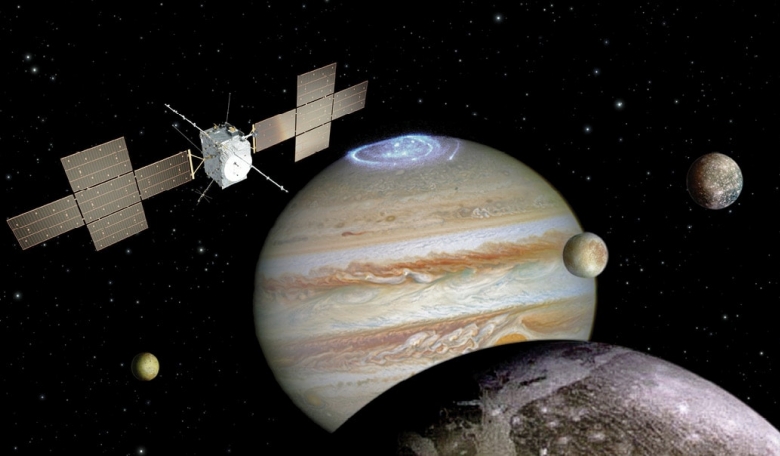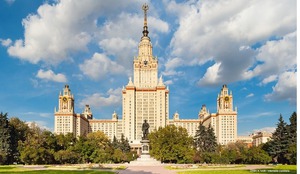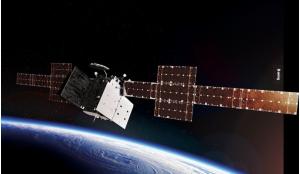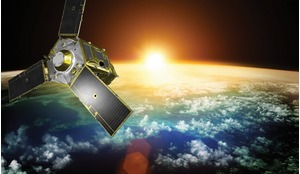JUICE is the first large-class mission in ESA’s Cosmic Vision 2015-2025 programme. Scheduled for launch on 1 June 2022 by an Ariane 5 ECA, it will take seven-and-a-half years and five gravity-assist flybys: one each at Mars and Venus, and three at Earth, to get to Jupiter. Once there it will spend more than three years making detailed observations of the giant gaseous planet and three of its largest moons, Ganymede, Callisto and Europa, culminating in a dedicated tour around Ganymede, to help us understand more about possible habitable environments and our own solar system.
The Jupiter system is seen as a miniature solar system with countless unique environments to explore. It serves as the archetype for giant planets in our solar system and for the numerous giant planets known to orbit other stars so, by investigating Jupiter and its satellites and discovering the history of its evolution we will gain a greater understanding of how gas giants and their satellite systems form and evolve and of how our solar system works.
The JUpiter ICy moons Explorer (‘JUICE’) mission addresses two of the overarching themes of ESA’s Cosmic Vision Programme: ‘What are the conditions for planet formation and the emergence of life?’ and, ‘How does the solar system work?’
JUICE’s primary mission themes are the emergence of habitable worlds around gas giants and the Jupiter system as an archetype for gas giants, addressing the question: ‘Are there current habitats elsewhere in the solar system with the necessary conditions (water, biological essential elements, energy and stability) to sustain life?’
Find out more about the JUICE mission in the full version of this article, available now to our subscribers.














